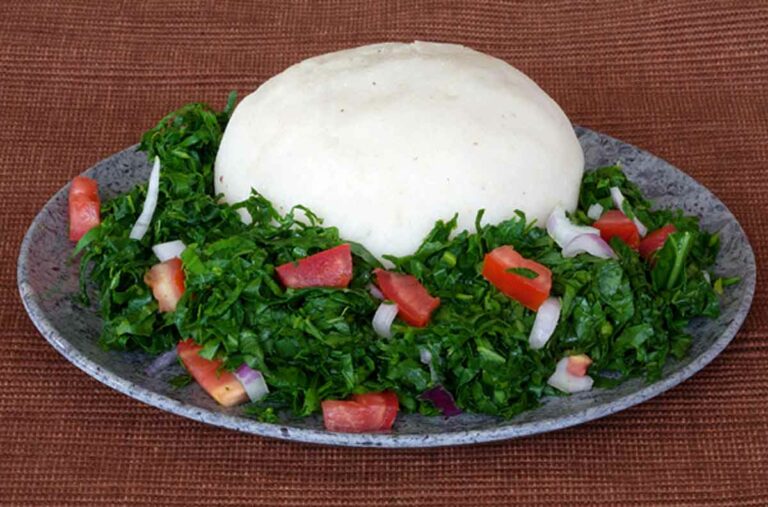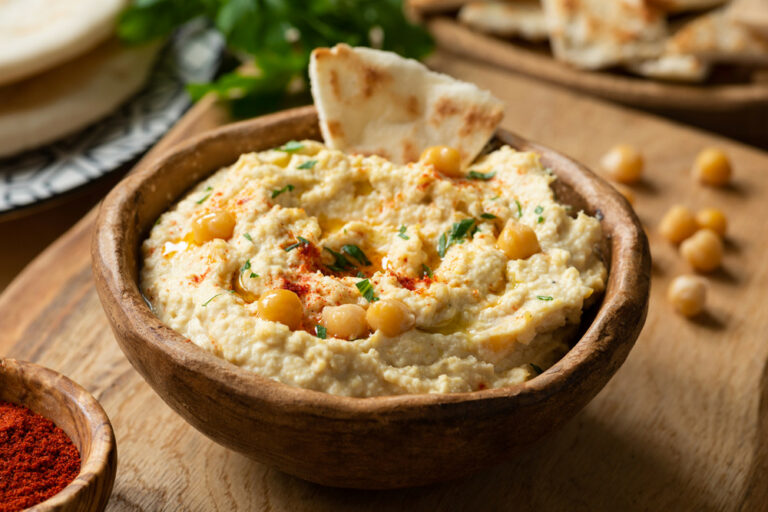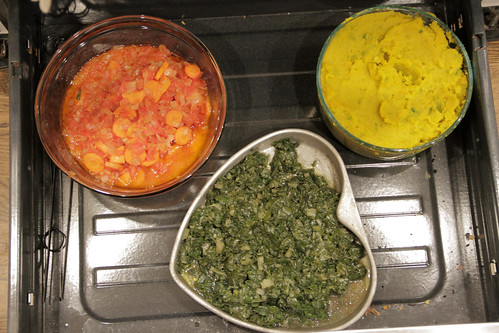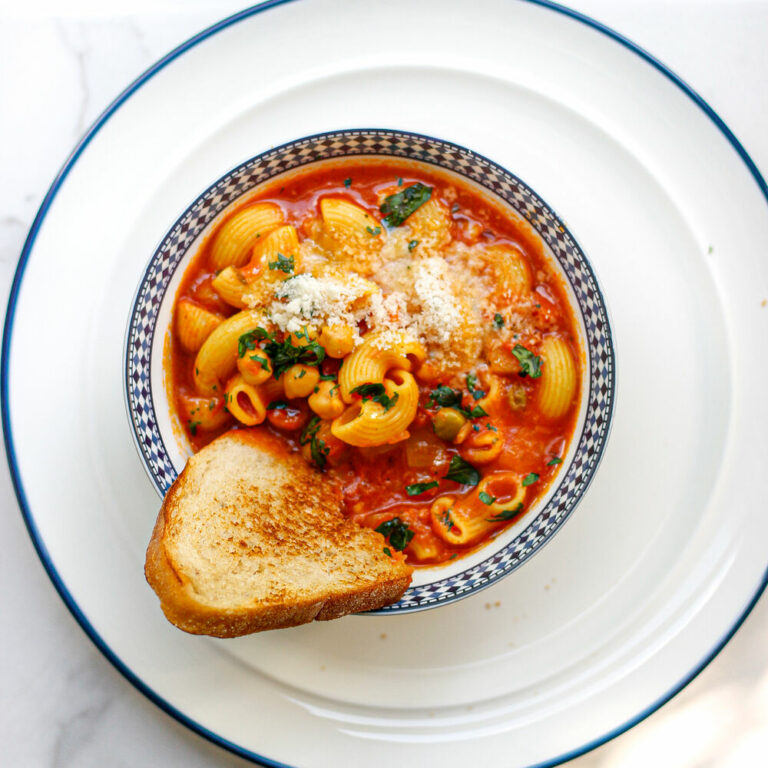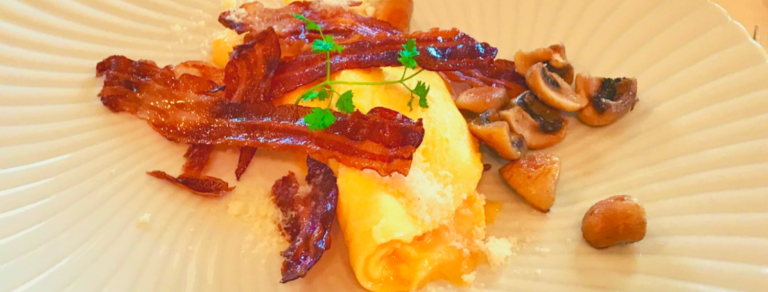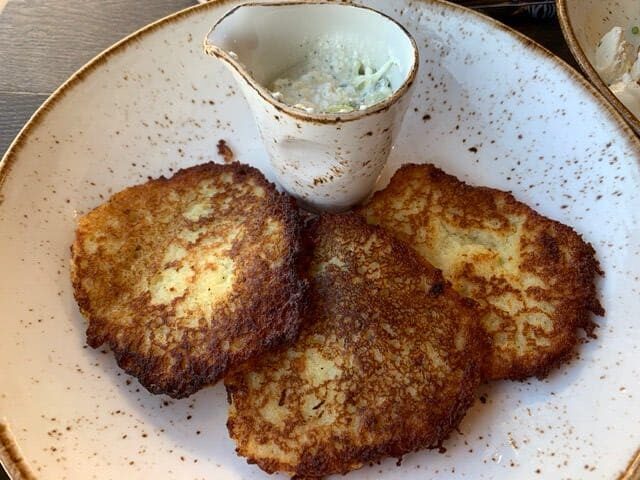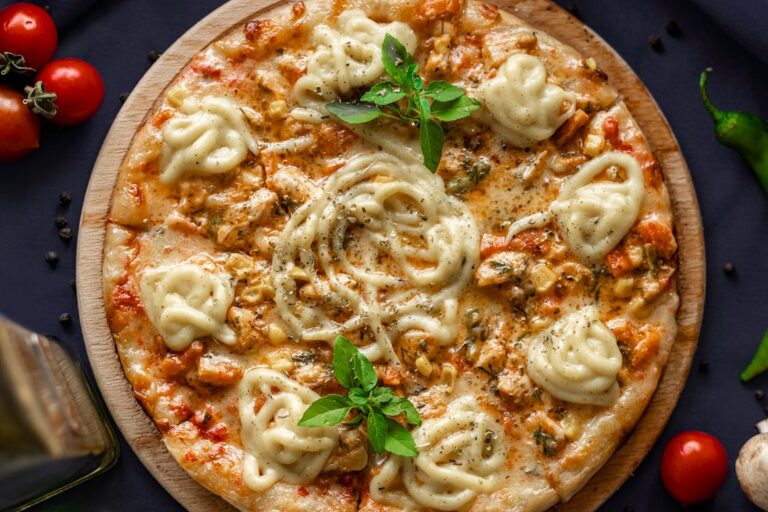Introduction to Kenyan Cuisine
Kenya is a culturally diverse country, and its cuisine reflects this. It typically includes a mix of African, Indian, and European influences, making for a delightful blend of flavors and textures. Kenyan cuisine is known for its bold, spicy dishes, but there is also plenty of vegetarian fare on offer.
Traditional Vegetarian Dishes
Vegetarianism has been a part of Kenyan culture for centuries, with many traditional dishes featuring legumes, vegetables, and grains. One beloved example is mukimo, a dish made from mashed potatoes, peas, corn, and greens. Another popular option is sukuma wiki, a stew made from collard greens, tomatoes, onions, and spices. Both of these dishes are hearty and filling, perfect for a satisfying meal.
Ugali and Vegetable Stews
Ugali is a staple food in Kenya, made from maize flour and water. It is often served with vegetable stews, such as kachumbari, which consists of tomatoes, onions, and chilies. A similar dish is irio, a stew made from mashed peas and potatoes, along with onions, tomatoes, and peppers. These dishes are simple yet flavorful, and are a great way to experience the essence of Kenyan cuisine.
Grilled Plantains and Avocado
Grilled plantains are a popular side dish in Kenyan cuisine, and they pair perfectly with avocado. The plantains are sliced and grilled until caramelized and crispy, while the avocado is mashed and seasoned with salt, pepper, and lime juice. This combination is both sweet and savory, and makes for a great snack or appetizer.
Lentil and Bean-Based Recipes
Beans and lentils are a common protein source in Kenyan cuisine, and there are many delicious vegetarian recipes that feature them. One example is njahi, a dish made from black beans that are boiled and then fried with onions, tomatoes, and spices. Another option is mbaazi, which consists of pigeon peas cooked in coconut milk and served with rice. These dishes are both flavorful and filling, making them a great choice for a full meal.
Vegetable Sides and Salads
Kenyan cuisine also features a variety of vegetable sides and salads. Kachumbari is a popular salad made from tomatoes, onions, and chilies, while maru bhajia is a dish made from deep-fried slices of potato and onion. Other options include grilled or roasted vegetables, such as eggplant, zucchini, and peppers. These dishes are perfect for rounding out a meal, or for a lighter option.
In conclusion, Kenyan cuisine offers a wide variety of vegetarian options that are both delicious and filling. From traditional dishes featuring legumes and vegetables to fresh salads and sides, there is something for every taste. By exploring these options, you can experience the diverse and flavorful world of Kenyan cuisine.

